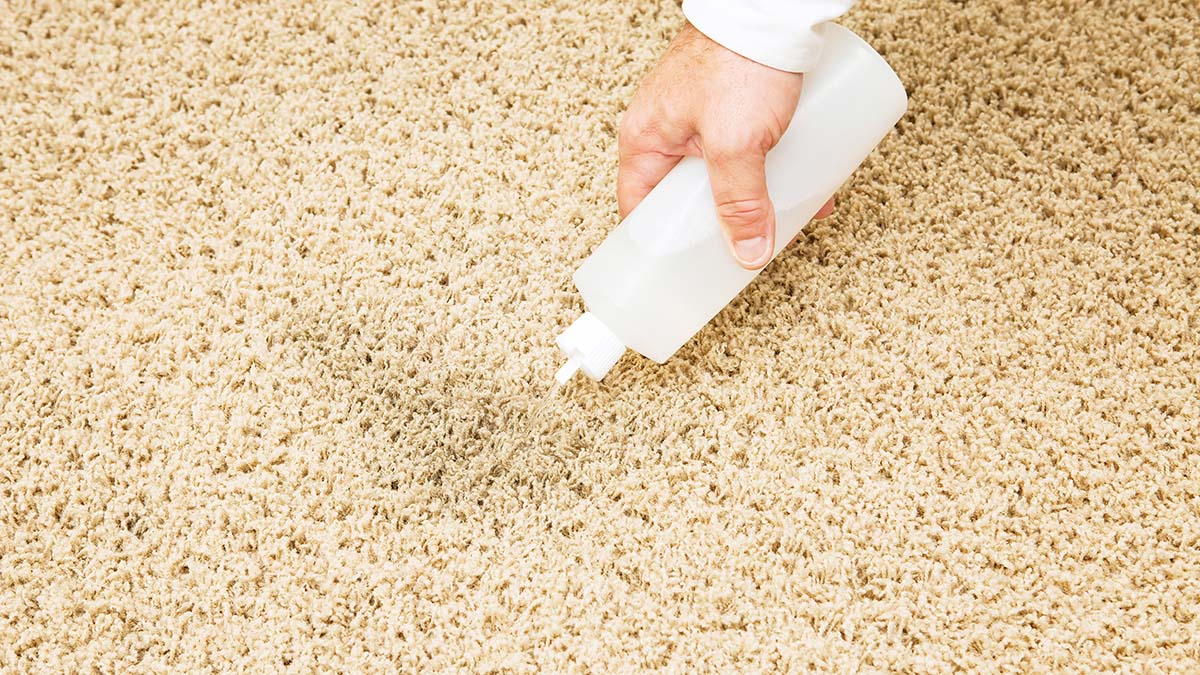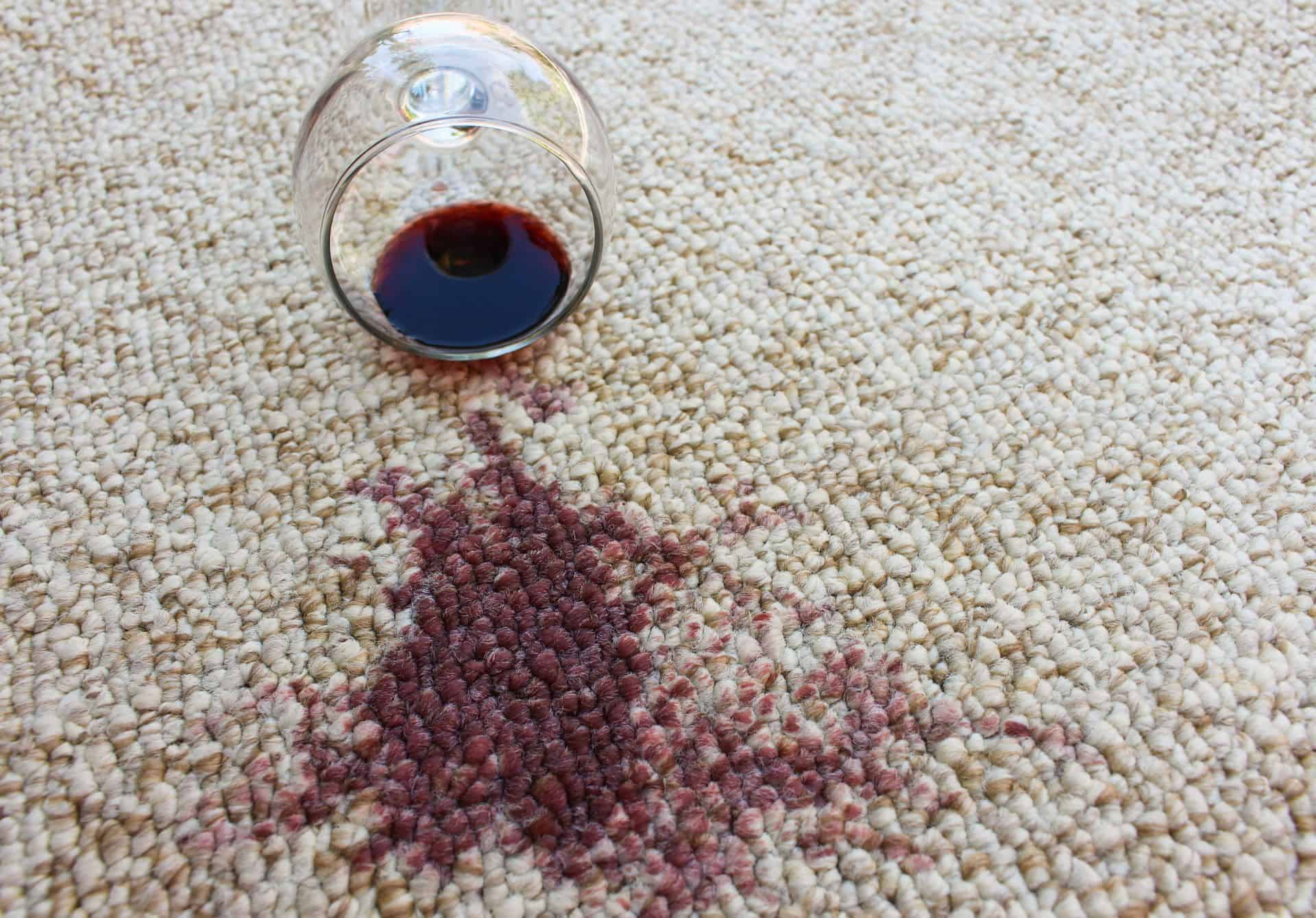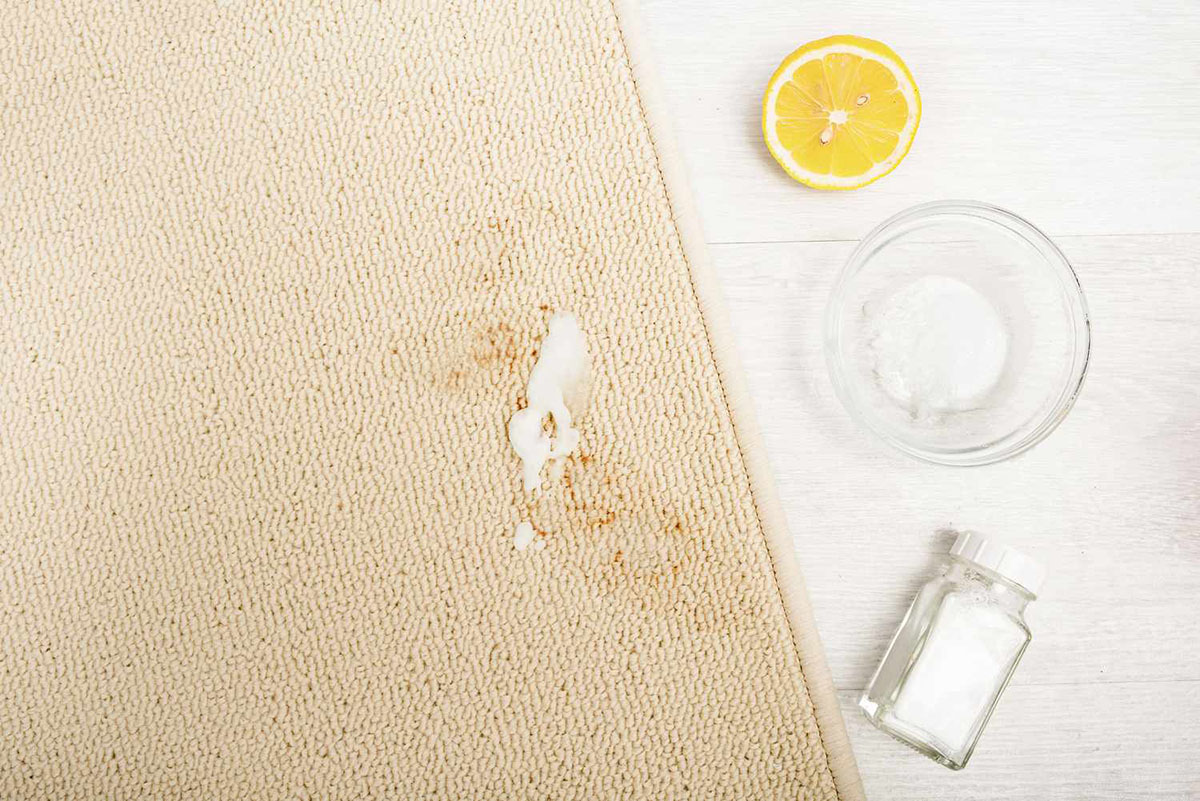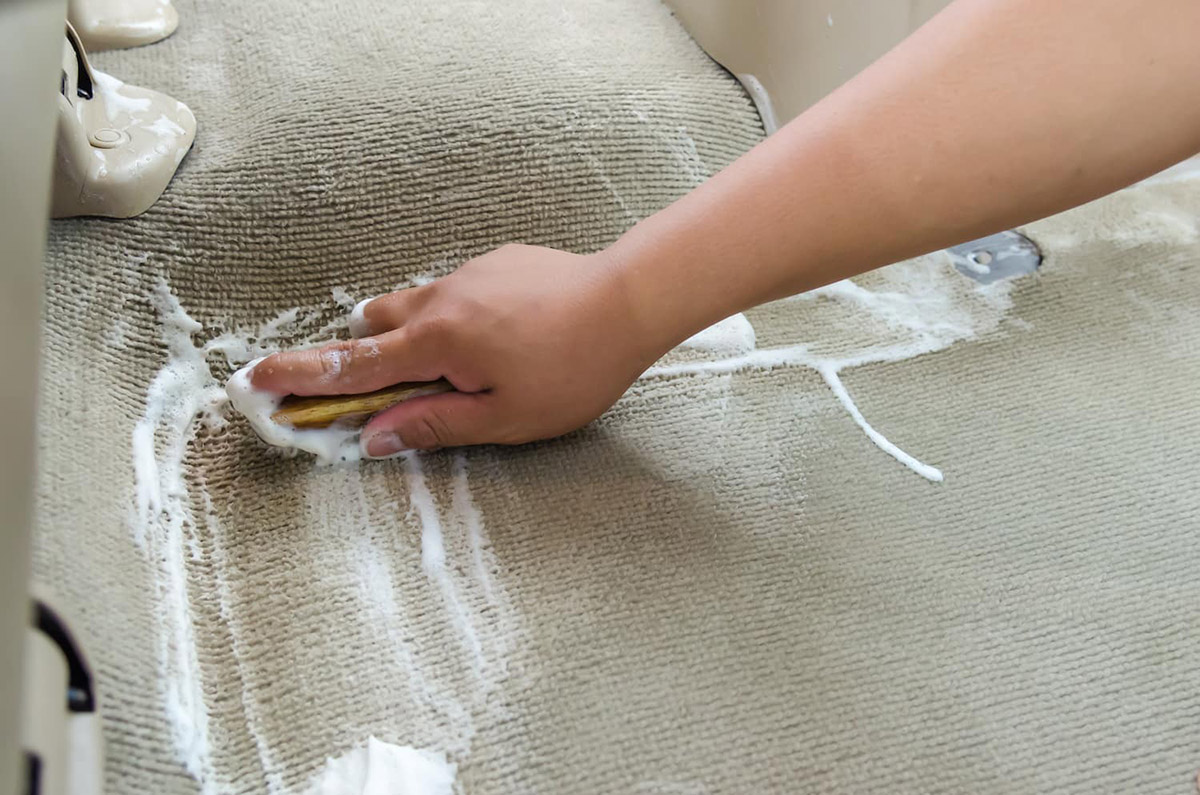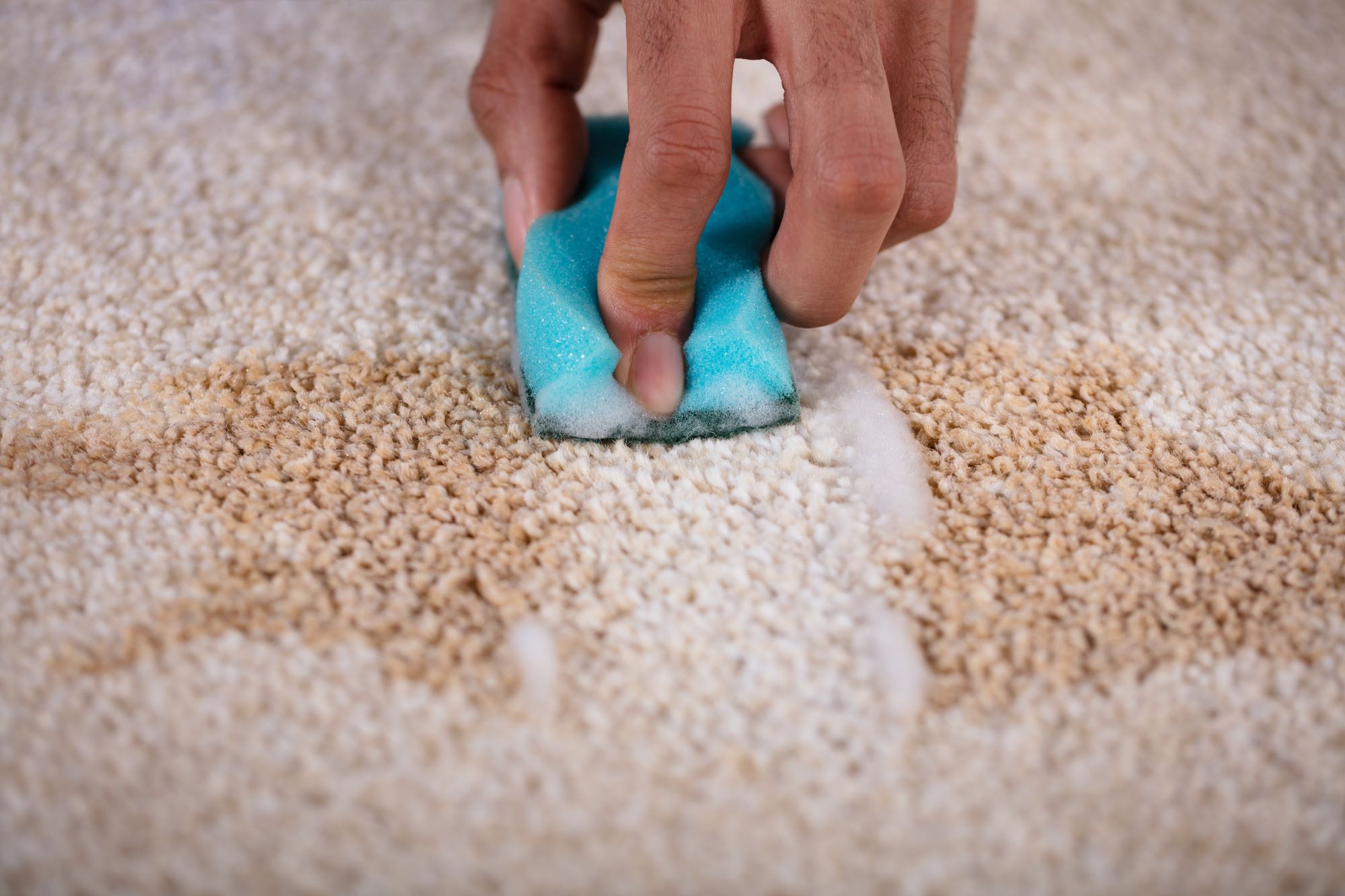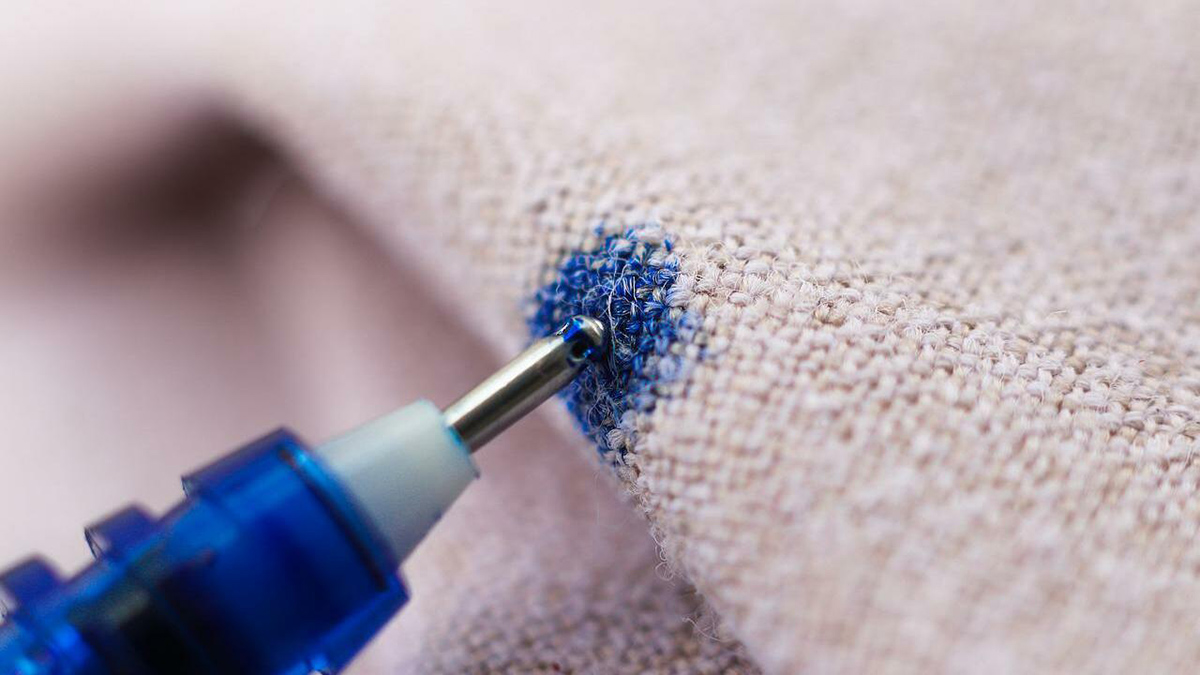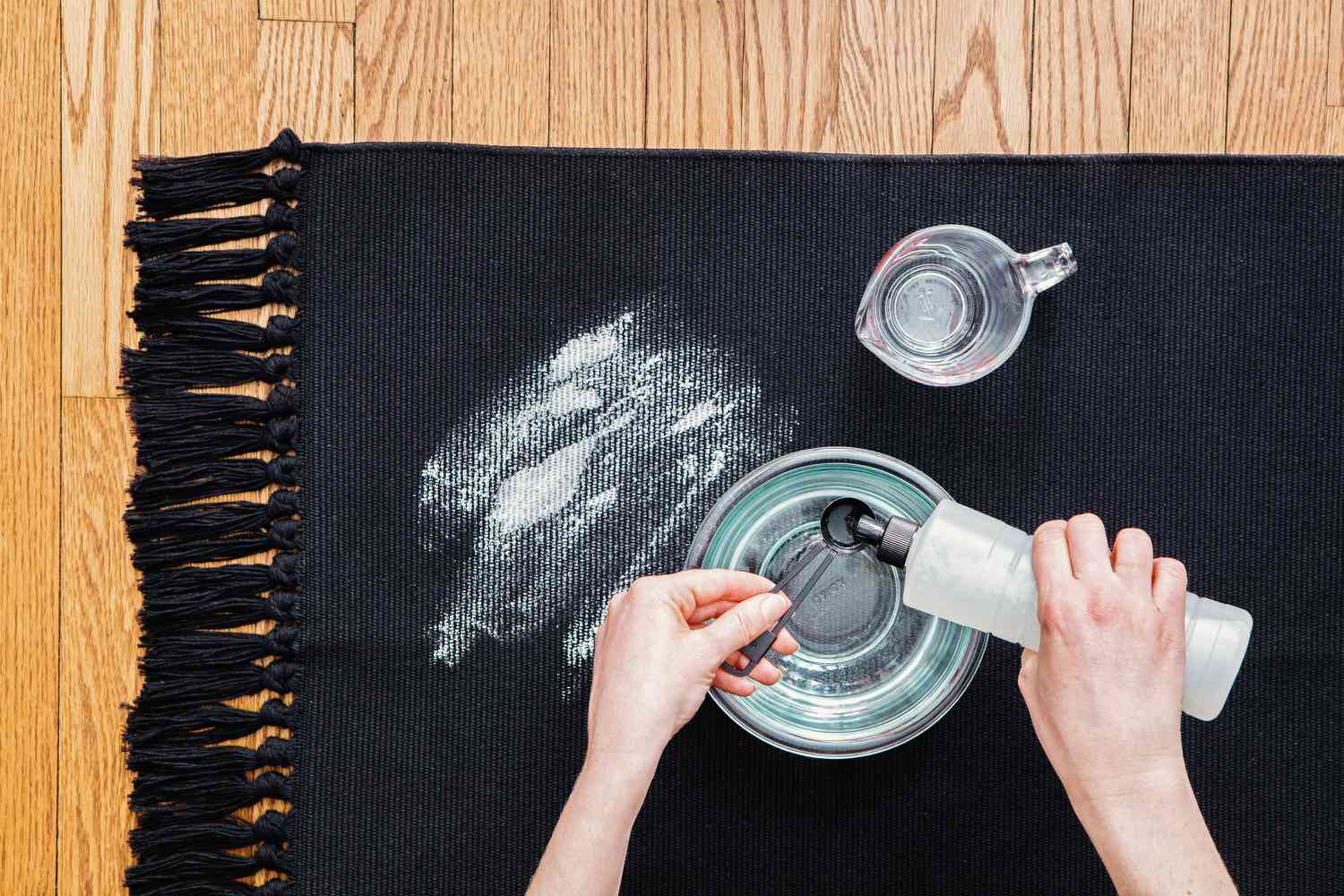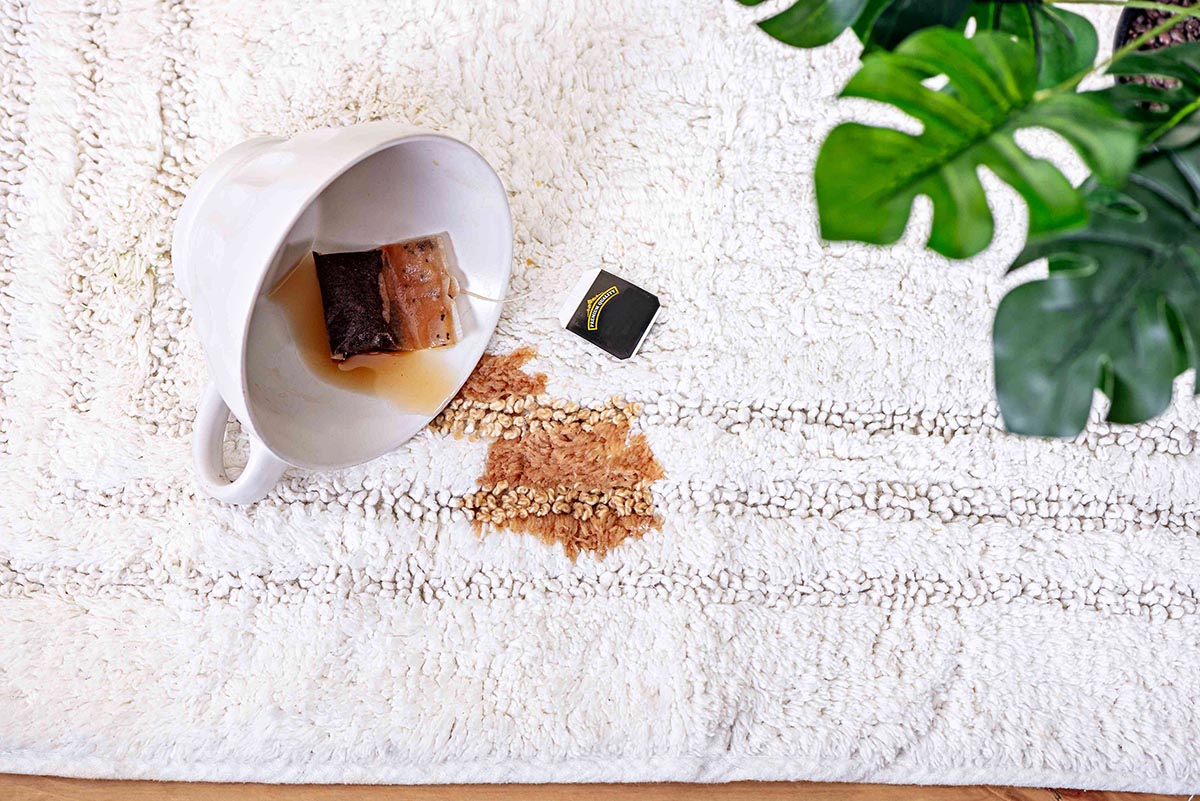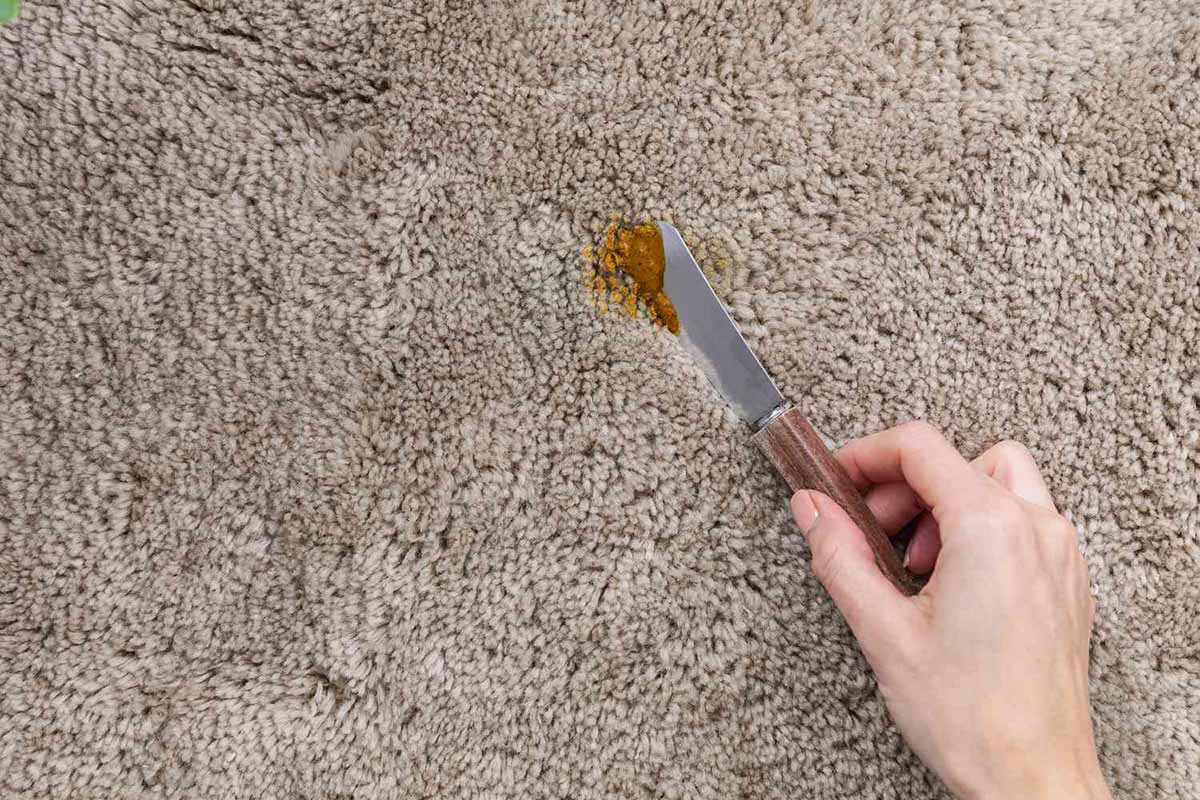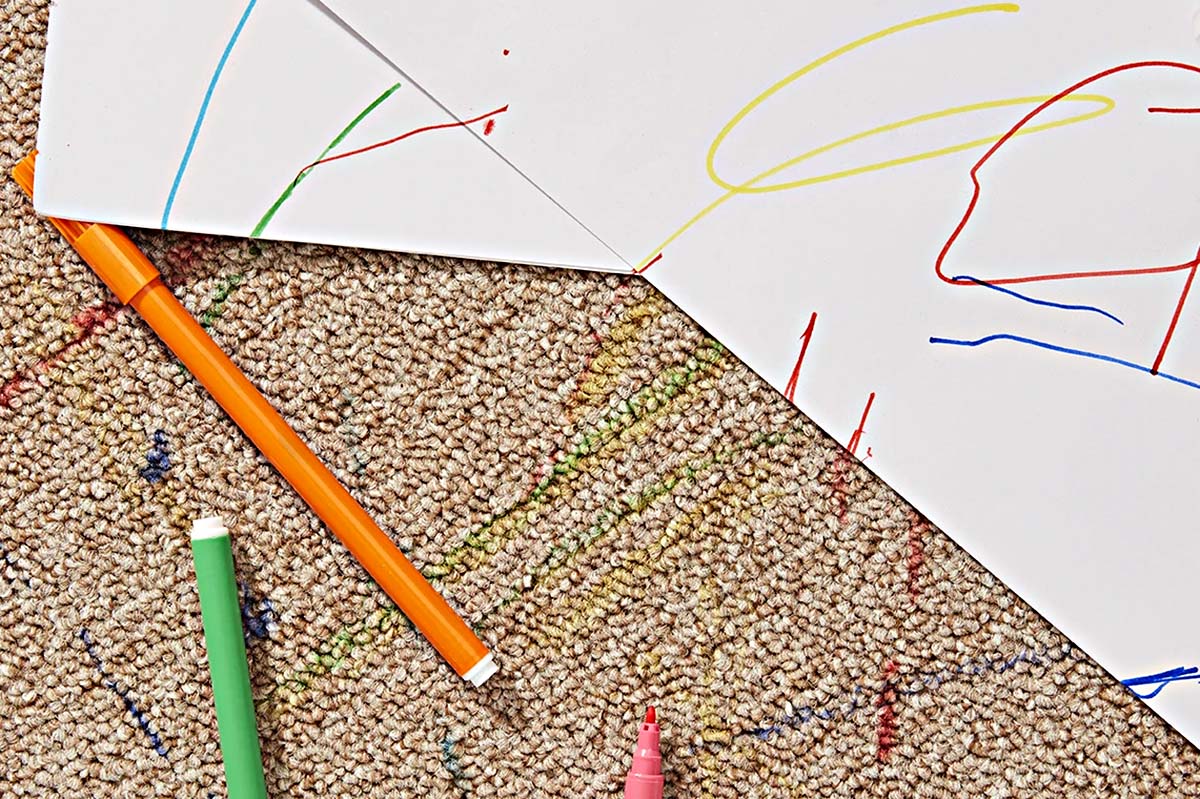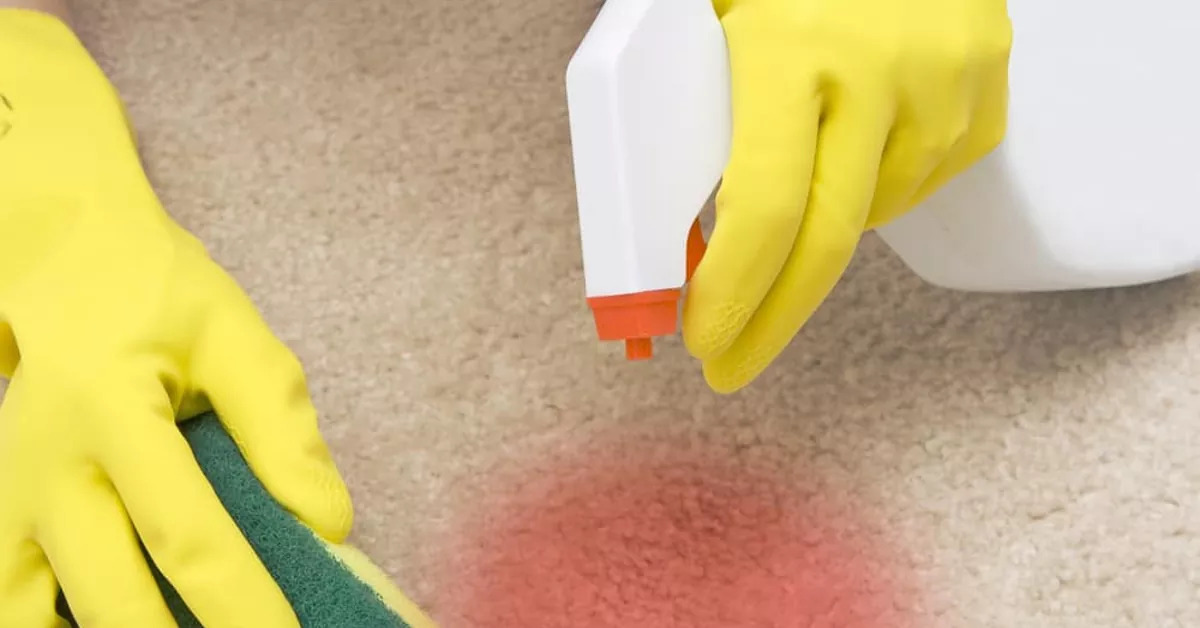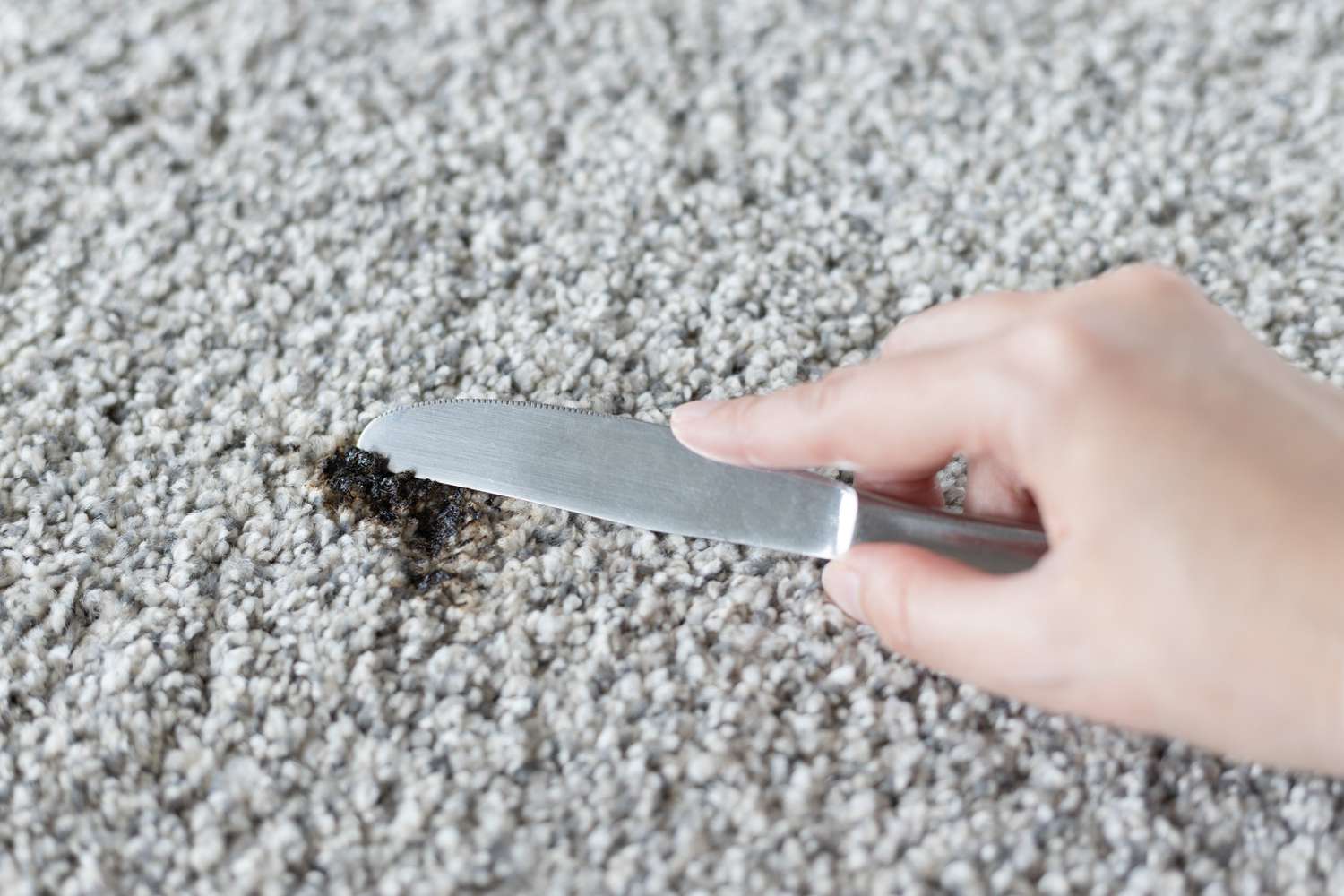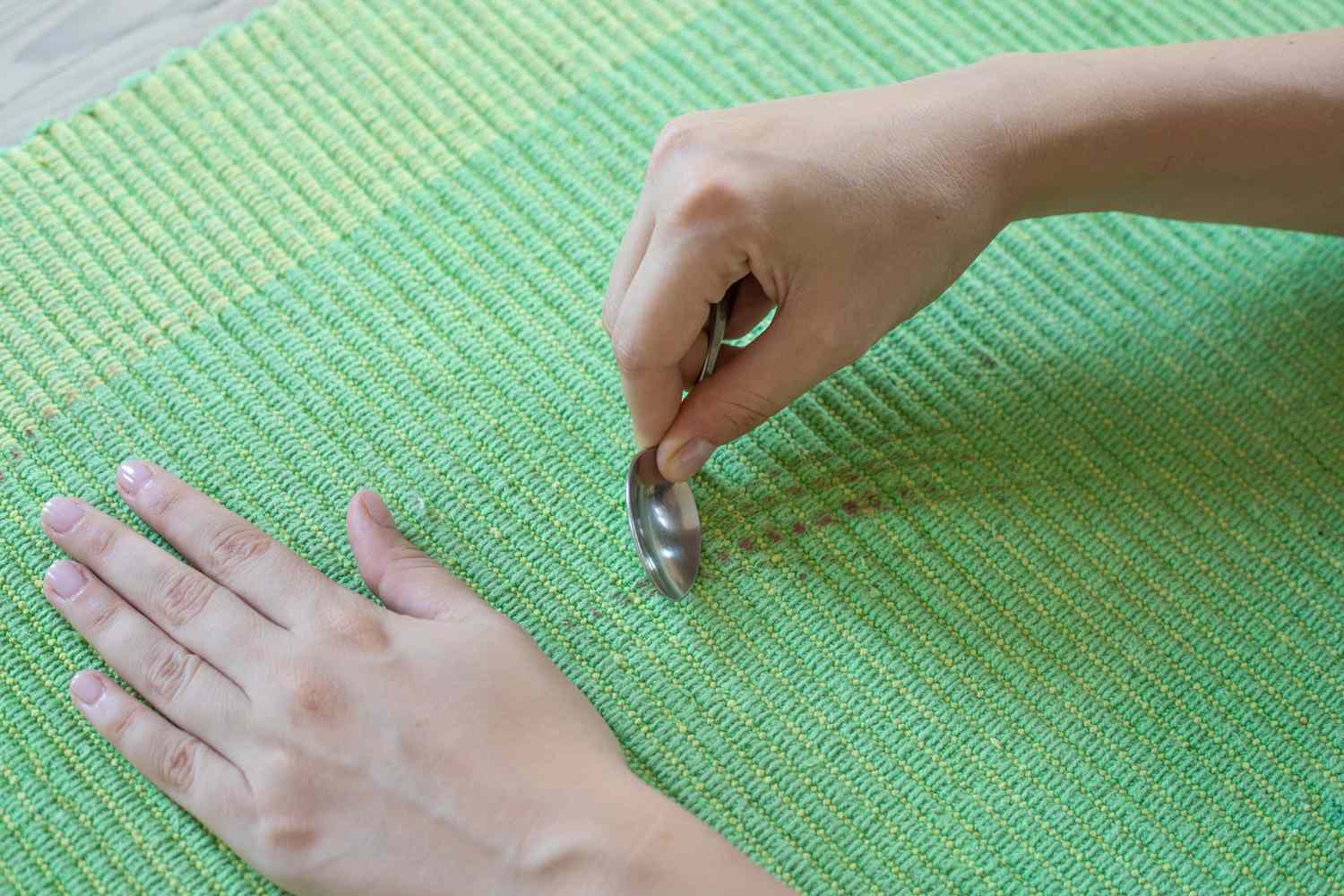

Articles
How To Remove Grease Stains From A Carpet
Modified: September 1, 2024
Looking for articles on how to remove grease stains from a carpet? Find expert tips and tricks to eliminate stubborn stains and restore your carpet's cleanliness.
(Many of the links in this article redirect to a specific reviewed product. Your purchase of these products through affiliate links helps to generate commission for Storables.com, at no extra cost. Learn more)
Introduction
Grease stains on a carpet can be a nightmare to deal with. Whether it’s from a cooking mishap or an accidental spill, grease can quickly seep into the carpet fibers and leave an unsightly mark. But don’t fret! With the right supplies and a little know-how, you can effectively remove grease stains from your carpet and restore its original look.
In this article, we will guide you step-by-step on how to remove grease stains from a carpet. From the initial blotting to the final drying process, we will provide you with expert tips and techniques to ensure a successful cleanup.
Before we dive into the details, let’s make sure you have all the necessary supplies to tackle the grease stain. Here’s what you’ll need:
Key Takeaways:
- Act quickly and blot the grease stain immediately to prevent it from setting into the carpet fibers. Use mild dish soap, white vinegar, and a carpet cleaner to effectively remove the stain without damaging the carpet.
- Properly dry the treated area to prevent mold and mildew growth. Follow additional tips and precautions, such as pretesting cleaning solutions and seeking professional help if needed, to ensure successful grease stain removal.
Supplies You Will Need
Before you begin the process of removing a grease stain from your carpet, it’s important to gather all the necessary supplies. Having these items on hand will make the process more efficient and effective. Here’s what you’ll need:
- White absorbent cloths or paper towels: These will be used for blotting the stain and absorbing the grease.
- Dish soap: Look for a mild dish soap that doesn’t contain any dyes or strong chemicals.
- Warm water: You’ll need warm water to dilute the dish soap and aid in breaking down the grease.
- White vinegar: White vinegar is a natural cleaning agent that can help remove grease stains and neutralize any odors.
- Carpet cleaner or stain remover: If the grease stain persists after using dish soap and vinegar, you may need a specialized carpet cleaner or stain remover.
- Soft-bristle brush or sponge: A brush or sponge with soft bristles will be gentle on your carpet fibers while still providing effective cleaning action.
- Vacuum cleaner: You’ll need a vacuum cleaner to remove any loose dirt or debris from the carpet before and after the stain removal process.
Having these supplies ready will ensure a smooth and hassle-free experience as you tackle the grease stain on your carpet.
Step 1: Blotting the Stain
The first step in removing a grease stain from your carpet is to blot the stain as soon as possible. This will help absorb as much grease as possible before it sets into the fibers. Here’s how to do it:
- Start by grabbing a white absorbent cloth or a stack of paper towels. Avoid using colored cloths or towels, as the dye may transfer onto the carpet.
- Gently press the cloth or paper towel onto the grease stain, applying firm but gentle pressure. Be careful not to rub the stain, as this can make it spread and penetrate deeper into the carpet fibers.
- Continue blotting the stain until no more grease transfers onto the cloth. If the cloth becomes saturated, replace it with a fresh one.
- If the stain is still visible after blotting, move on to the next step to further treat the grease stain.
Remember, it’s crucial to take immediate action and blot the stain as soon as you notice it. The longer the grease sits on the carpet, the more difficult it becomes to remove.
Once you’ve completed the blotting process, you can proceed to the next step in removing the grease stain from your carpet.
Step 2: Applying Dish Soap
After successfully blotting the grease stain, the next step is to apply dish soap to break down the remaining residue and grease. Dish soap is a gentle yet effective cleaner that can help loosen and remove the stain. Follow these steps:
- Mix a small amount of mild dish soap with warm water in a bowl or bucket. Use approximately one teaspoon of dish soap for every cup of warm water.
- Dip a clean white cloth or sponge into the soapy water solution, making sure it’s damp but not soaking wet.
- Gently dab the soapy cloth onto the grease stain, focusing on the affected area. Avoid scrubbing or rubbing vigorously, as this can damage the carpet fibers.
- Continue blotting the stain with the soapy cloth, alternating with clean sections of the cloth as needed. This will prevent spreading the grease around or transferring it to other parts of the carpet.
- Allow the dish soap solution to sit on the stain for a few minutes. This will help break down the grease and make it easier to remove.
- Using a new clean cloth or paper towels, blot the soapy residue from the carpet. Make sure to remove as much moisture as possible.
If the grease stain is still visible after this step, proceed to the next step to further treat the carpet and remove the remaining residue.
It’s important to note that dish soap is effective in breaking down grease, but it’s essential to use only a mild and clear dish soap. Avoid using colored or strongly scented detergents, as they may leave behind unwanted residue or cause discoloration on your carpet.
Step 3: Cleaning with White Vinegar
White vinegar is a versatile and effective natural cleaning agent that can help remove stubborn grease stains from your carpet. It’s known for its ability to cut through grease and neutralize odors. Here’s how you can use white vinegar to clean the grease stain:
- Fill a spray bottle with equal parts white vinegar and warm water. Shake the bottle gently to mix the solution.
- Spray the vinegar and water solution directly onto the grease stain. Make sure to saturate the affected area without soaking the carpet excessively.
- Using a clean cloth or sponge, gently blot the vinegar solution into the stain. Allow it to sit for a few minutes to break down the remaining grease.
- After a few minutes, continue blotting the stain with a clean cloth, absorbing the vinegar solution and any loosened grease.
- Repeat this process until the grease stain is no longer visible or significantly reduced.
- Once the stain is removed, rinse the treated area by blotting it with a cloth dampened with clean water. This will help remove any vinegar residue from the carpet fibers.
- Blot the area once more with a dry cloth or paper towels to remove excess moisture.
White vinegar is not only effective in removing grease stains but also leaves your carpet smelling fresh and clean. However, it’s important to note that vinegar has a strong odor that fades as it dries. If the smell persists, open windows or use fans to facilitate the air circulation in the room.
If the stain is still visible, don’t worry. We have more steps to follow to completely eliminate the grease stain from your carpet.
Blot the grease stain with a paper towel to absorb as much as possible. Sprinkle baking soda or cornstarch on the stain, let it sit for 15 minutes, then vacuum. Repeat as needed. Finally, use a carpet cleaner to remove any remaining residue.
Read more: How To Remove Makeup Stains From Carpet
Step 4: Using a Carpet Cleaner or Stain Remover
If the grease stain persists after using dish soap and vinegar, you may need to use a specialized carpet cleaner or stain remover to tackle the stubborn residue. Here’s how you can proceed:
- Read and follow the instructions on your chosen carpet cleaner or stain remover carefully. Different products may have specific application methods or dilution ratios.
- If using a carpet cleaner, prepare the solution according to the manufacturer’s instructions. Ensure that you use the appropriate amount of cleaner and dilute it with the recommended amount of water.
- Test the carpet cleaner or stain remover on a small, inconspicuous area of your carpet first, such as in a corner or under furniture. This will help you ensure that the product doesn’t cause any discoloration or damage to your carpet.
- Apply the carpet cleaner or stain remover directly to the remaining grease stain. Use a clean cloth or sponge to work the product into the stained area, following the recommended technique provided by the manufacturer.
- Allow the cleaner to sit on the stain for the specified amount of time, typically a few minutes.
- After the recommended time has passed, blot the treated area with a clean cloth or paper towels to absorb the cleaner and lifted grease residue.
- Repeat the process if necessary, focusing on any stubborn areas that may still show signs of the grease stain.
- Rinse the treated area with clean water by blotting it with a damp cloth or sponge. This will help remove any residual cleaner from the carpet.
Remember to always follow the instructions provided by the product manufacturer when using carpet cleaners or stain removers. These products are formulated to tackle specific types of stains, including grease, and can be highly effective in providing a deep clean for your carpet.
If the stain persists even after using a carpet cleaner or stain remover, it’s best to seek professional assistance to avoid causing any further damage to your carpet.
Step 5: Drying the Carpet
After successfully removing the grease stain from your carpet, it’s important to ensure that the carpet is properly dried to prevent any mold or mildew growth. Here’s what you should do:
- Take a clean cloth or dry paper towels and blot the treated area to remove any excess moisture. Press the cloth firmly on the carpet to absorb as much water as possible.
- Allow the carpet to air dry naturally. Open windows or turn on fans to improve air circulation in the room. Avoid using excessive heat or direct sunlight to accelerate the drying process, as this can cause discoloration or shrinkage of the carpet fibers.
- If necessary, place a fan or dehumidifier near the treated area to speed up the drying process. This is particularly helpful if the carpet is still damp after a few hours.
- Periodically check the treated area to ensure that it is drying properly. If you notice any lingering dampness or moisture, continue using clean cloths or paper towels to blot the area until it is completely dry.
- Once the carpet is fully dry, vacuum the treated area to fluff up the fibers and restore the carpet’s appearance.
It’s crucial to thoroughly dry the carpet after cleaning to prevent the growth of mold or mildew, which can lead to unpleasant odors and damage to the carpet fibers.
By following these steps and allowing the carpet to dry completely, you can ensure that your carpet is left clean, fresh, and free of any residual moisture.
Additional Tips and Precautions
While the steps mentioned above can effectively remove grease stains from your carpet, here are some additional tips and precautions to keep in mind:
- Always act quickly: The sooner you address a grease stain on your carpet, the better chance you have of successfully removing it. Prompt action can prevent the grease from penetrating deep into the carpet fibers.
- Blot, don’t rub: Avoid rubbing or scrubbing the stain, as this can spread the grease and damage the carpet fibers. Instead, use a blotting motion to lift the stain from the carpet.
- Pretest on a hidden area: Before applying any cleaning solution or stain remover to your carpet, test it on a small, inconspicuous area first to ensure that it doesn’t cause any damage or discoloration.
- Work from the outside in: When treating a stain, start from the outer edge and work your way towards the center. This prevents the stain from spreading further.
- Use caution with colored carpets: Some cleaning solutions may cause discoloration on certain types of carpets. If you have a colored carpet, it’s best to consult a professional cleaner for guidance.
- Avoid using heat: Excessive heat can cause the grease to set into the carpet fibers, making it more difficult to remove. Stick to air drying instead of using hairdryers or heaters.
- Consider professional help: If you’re unsure about how to remove a grease stain or if the stain remains persistent after your attempts, it’s advisable to seek professional carpet cleaning services to avoid causing further damage.
Keep in mind that prevention is always better than cure. To minimize the chances of encountering grease stains on your carpet, be cautious while cooking and eating in carpeted areas, and consider the use of protective mats or rugs in high-risk areas.
By following these additional tips and taking necessary precautions, you can effectively remove and prevent grease stains from your carpet, keeping it clean and looking its best.
Conclusion
Removing grease stains from a carpet may seem like a daunting task, but with the right supplies, techniques, and a little patience, you can achieve successful results. By following the step-by-step guide provided in this article, you can effectively remove grease stains from your carpet and restore its original look.
Remember to act quickly when dealing with grease stains, as prompt action can make a significant difference in the stain removal process. Blotting the stain, applying dish soap and white vinegar, and using a carpet cleaner or stain remover can effectively break down and eliminate the grease from your carpet fibers.
Throughout the process, it’s important to exercise caution and follow the instructions provided for each cleaning method. Always test any cleaning solutions on a hidden area of your carpet to ensure compatibility and avoid damage or discoloration.
Furthermore, proper drying of the treated area is crucial to prevent the growth of mold or mildew. Allow your carpet to air dry completely, and avoid using excessive heat or direct sunlight, which can cause damage to the carpet fibers.
If you encounter persistent or stubborn stains, or if you are uncertain about the best approach, it’s wise to consult professional carpet cleaning services. They have the expertise and specialized equipment to tackle difficult stains without causing further damage to your carpet.
By following the tips, techniques, and precautions outlined in this article, you can confidently handle grease stains on your carpet and maintain a clean and inviting home environment. Remember that prevention is key, so be mindful while cooking or eating near carpeted areas and consider protective measures to minimize the risk of future grease stains.
With a little knowledge and effort, you can ensure that your carpet remains free from grease stains, keeping it looking fresh and beautiful for years to come.
Frequently Asked Questions about How To Remove Grease Stains From A Carpet
Was this page helpful?
At Storables.com, we guarantee accurate and reliable information. Our content, validated by Expert Board Contributors, is crafted following stringent Editorial Policies. We're committed to providing you with well-researched, expert-backed insights for all your informational needs.
